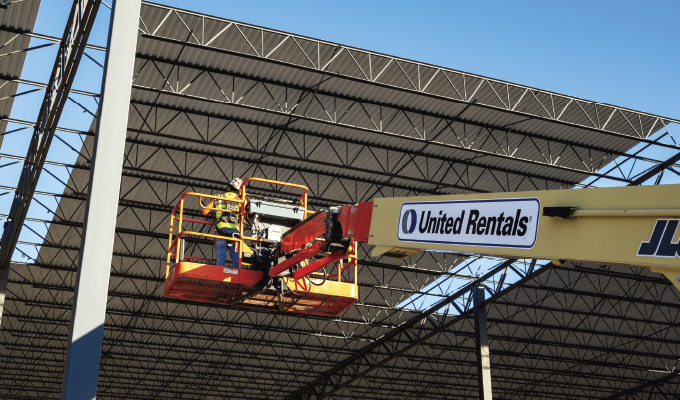In a connected world, and on a connected jobsite, data is the key to working smarter. Telematics data in particular is critical for optimizing fleet strategies and working toward sustainability goals. Here are four ways that telematics solutions can improve productivity and safety on the jobsite:
1. IMPROVE EQUIPMENT UPTIME
Telematics provides a rich set of diagnostic information, including critical fluid, fuel and battery levels, meter hours, and other operating parameters. This information can ensure that equipment is ready for daily use, and can also be used to manage longer-cycle performance requirements, including regular preventive maintenance schedules, to keep equipment operating at peak performance. Real-time alerts such as emergency stop events, power load, and diesel exhaust fluid levels help supervisors identify and respond to potential issues quickly, reducing downtime and keeping projects on track.
2. OPTIMIZE EQUIPMENT UTILIZATION
Tracking utilization of equipment on a jobsite is critical to ensuring that availability is properly balanced with overall project costs. Telematics technology can alert management if a machine is sitting idle for an extended period and incurring needless costs, while visibility into highly utilized assets can help keep workers productive by ensuring equipment is available for use when needed. Benchmarking reports can also provide visibility into how equipment efficiency compares to peers. By aggregating this information on easy-to-use desktop and mobile platforms, telematics provides access to these insights in the office or on the jobsite.
3. IMPROVE WORKSITE SAFETY AND SECURITY
On large and complex jobsites, telematics data is also essential for emerging safety and security technologies. The data can be used to manage access to equipment through Total Control®. Equipment access can be limited to authorized operators that have the required certifications and training. Location data, coupled with geofence technology and alerts, can help locate equipment quickly to lessen downtime and limit lost or stolen assets.
4. ADVANCE SUSTAINABILITY STRATEGIES
Telematics-enabled equipment generates data on engine usage, fuel type, and more. This data can be used by worksite management software to evaluate the environmental footprint of equipment. The insights can inform decision-making, helping management determine the optimal fleet and utilization tradeoffs to decrease overall equipment emissions, advancing sustainability efforts.
CLOSING THOUGHT
“Businesses face ever-increasing pressure to improve productivity and safety on jobsites. If they don’t have visibility to equipment operating on their sites, they could face cost or schedule overruns, as well as safety risks,” says Tony Leopold, senior vice president, Strategy and Digital at United Rentals. “Telematics technology generates valuable insights for our customers into the condition, utilization, location and performance of their rented and owned fleets. Our long-standing commitment to using data to improve the customer experience has led to this new milestone of 335,000 telematics-equipped fleet units, enhancing the value delivered by our rental offerings.”
For More Information:
United Rentals, Inc. is the largest equipment rental company in the world with an integrated network of 1,462 rental locations in North America, 13 in Europe, 27 in Australia, and 19 in New Zealand. United Rentals Total Control is a cloud-based worksite management solution that provides customers with holistic visibility into both rented and owned telematics-enabled equipment, ensuring equipment availability when and where it is needed. For more, visit unitedrentals.com.
Modern Contractor Solutions, April 2023
Did you enjoy this article?
Subscribe to the FREE Digital Edition of Modern Contractor Solutions magazine.



